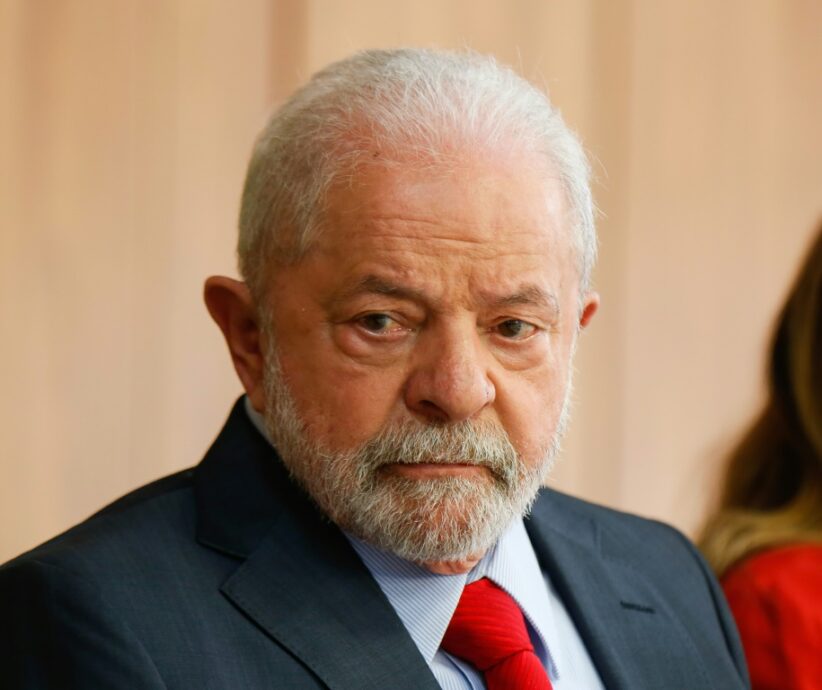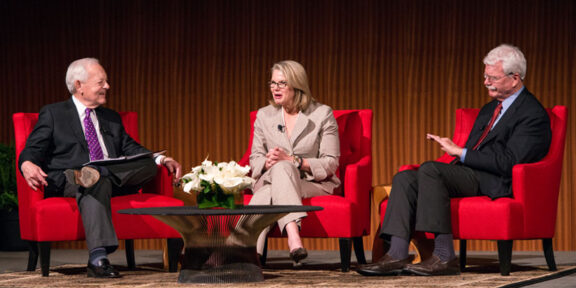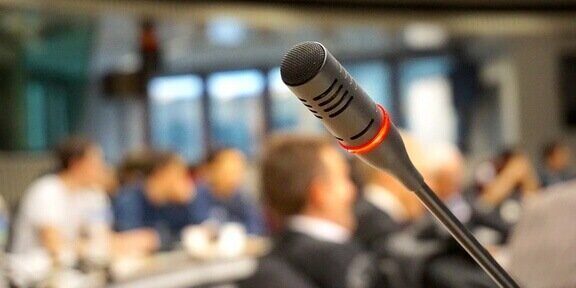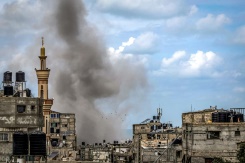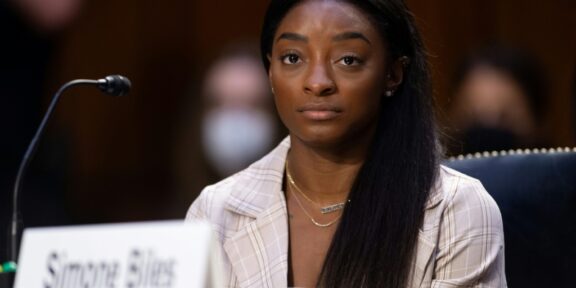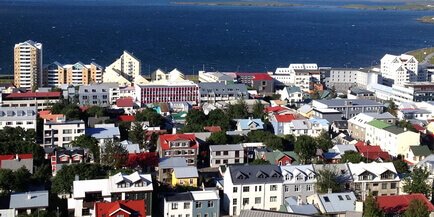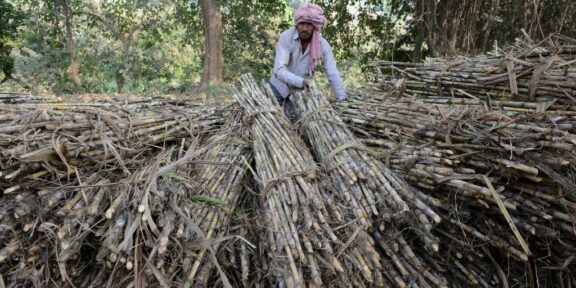Brazil intensified a mop-up operation Thursday after the weekend sacking of government buildings in the capital, as President Luiz Inacio Lula da Silva said the rioters likely had inside help.
Lula told reporters he had ordered a “thorough review” of presidential palace staff after Sunday’s violent uprising, which saw backers of his far-right predecessor Jair Bolsonaro storm the presidency, Congress and Supreme Court, and cause widespread damage.
“I am convinced that the door of the Planalto (presidential) palace was opened for people to enter because there are no broken doors,” the president said in Brasilia.
“This means that someone facilitated their entry,” added Lula, who is dealing with the aftermath of the violent reaction by so-called “bolsonaristas” to his brand-new presidential term.
The rioters looted offices, destroyed priceless works of art and left graffiti messages calling for a military coup in their wake.
The exact extent of the damage is still being calculated.
“We will investigate calmly to see what really happened,” said Lula, who defeated Bolsonaro by a razor-thin margin in an October vote that followed a deeply divisive election campaign.
Authorities are seeking to determine who planned and financed the riots.
– ‘Under pressure’ –
Seeking to prevent a repeat of Sunday’s destruction, the security forces were placed on a war footing Wednesday in response to threats of fresh protests in Brasilia and other cities.
But the promised mass mobilization to “take back power” from Lula and his leftist government never materialized, leaving riot police with helicopter backing twiddling their thumbs as they maintained a security ring around the Esplanade of Ministries in Brasilia.
A poll published by the Datafolha institute Wednesday said 93 percent of Brazilians condemned Sunday’s violent uprising, though another — by Atlas Intelligence — found that one in five supported the rioters.
The arrest of nearly 2,000 and continued detention of more than 1,100 rioters as well as the strong security deployment appeared to act as a deterrent to renewed mobilization Wednesday.
Many were discouraged “for fear of being arrested,” said Guilherme Casaroes, a political scientist with the Getulio Vargas Foundation.
For Geraldo Monteiro of the Federal University of Rio de Janeiro, “the Bolsonaro movement is under pressure and does not have the organization for a counteroffensive.”
Following the attacks on Brazil’s symbols of democracy, Lula’s hand was strengthened after he received the public backing of leaders of Congress and governors — some of whom are in the Bolsonaro camp.
Efforts continue, meanwhile, to track down more of those involved, with suspected rioters identified through security cameras or selfies they themselves posted on social media.
– Heads rolling –
High-level heads have also been rolling: An arrest warrant is expected to be executed in the coming days against Anderson Torres — a justice minister under Bolsonaro who served as Brasilia security chief when the riots happened.
He has since been fired, and is expected to return to Brazil from a holiday in the United States on Friday to face accusations of collusion with the rioters.
Brasilia’s military police chief and the region’s governor have also lost their jobs.
According to national chain TV Globo, investigators have identified some of the alleged financiers of Sunday’s riots in ten of Brazil’s 26 states, including leaders in the pro-Bolsonaro agro-business sector.
They are suspected of having paid for the food and transport of rioters who arrived in Brasilia from several regions of the country on about 100 passenger buses.

